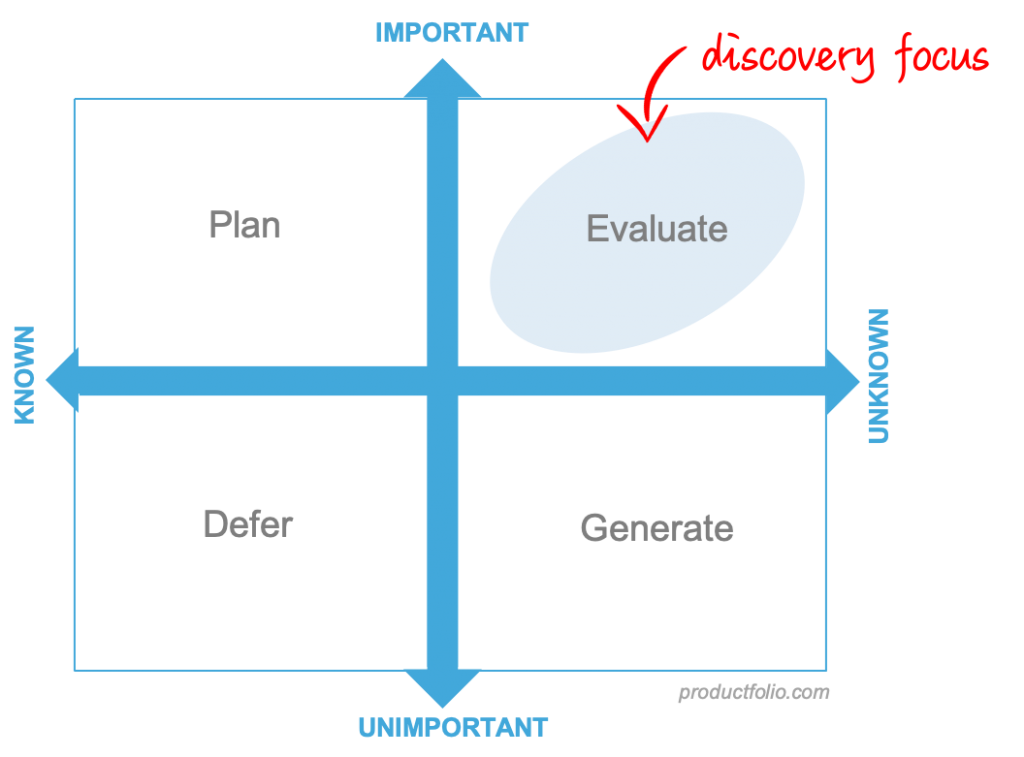It might not be correct to assume your market is excited as excited about your product as you are. Products that their originators thought would be great don’t always end up as winners. This is mainly because they’re created based on assumptions that weren’t validated.
In light of this, it is critical to ensure you are working with valid assumptions before embarking on any development. Assumptions Mapping can help a great deal in this regard, helping to improve the chances of your product being a winner.

How is Assumptions Mapping Helpful?
Assumption mapping is a practice that aims to reduce reliance on mere guesswork when contemplating the relevance of a new project or product. It helps a cross-functional team to identify risky assumptions that could lead to failure.
It is normal for teams to begin projects with assumptions often having elements of risks attached. An Assumptions Map assists in pinpointing assumptions regarding a project or product that are risky. The map assesses risks linked to each assumption being made.
Assumptions Mapping has a link to design thinking. The Lean exercise promotes the development of better products.
There are three main things that an Assumptions Map can help you to get a better grasp of. These are:
Desirability – Assumptions of this nature aim to give an idea of how appealing users would find a product in question. They provide an answer to a question like, “Do they (users) need this?”
Viability – With these assumptions, the focus is on finding out whether a project or product is worthwhile. This is in terms of it generating sufficient revenue to justify its existence.
Feasibility – A product can be desirable and viable but yet difficult to produce. Feasibility assumptions help decide what you can successfully pull off with the resources at your disposal.
Assumptions mapping involves displaying answers to the desirability, viability, and feasibility questions on a 2×2 matrix. With it, the cross-functional team can quickly and easily see what may be worth working on.
Validating Assumptions with Assumptions Mapping
Assumptions are merely what you feel to be true even though you have insufficient proof to show them so. Before using them to drive product development decisions, you need to first validate them. This will go a long way in ensuring there’s truly a market for what you have in mind.
The process of validating assumptions involves three steps:
- Holding Assumptions Mapping workshop
- Completing an Assumptions Map
- Creating qualitative research questions based on assumptions
Assumptions Mapping Workshop
This involves key persons or stakeholders that can provide useful assumptions. These individuals will come up with a variety of assumptions and explain them.
During the workshop, you’ll make markers and sticky notes available to the stakeholders for taking notes of assumptions they can come up with. This brainstorming should ideally not take more than 15 minutes in a session lasting about an hour to one and a half hours.
These key stakeholders will then place their sticky notes – one at a time – on a provided board. They then give reasons behind the assumptions they made.
Assumptions Map creation
After everyone has explained their assumptions, a group discussion guided by a facilitator should follow. This will guide the organization of the assumptions on a 2×2.
In arranging the assumptions, their correctness (or otherwise) and likely effects on the success of a product are considered. These determine how risky they are to work with.
You’d also have to consider how difficult these assumptions are to validate when arranging your quadrant.
Qualitative research
Having determined their riskiness and ease of validation, you can then create qualitative research questions based on what you know. Test these assumptions with participants – for example, by carrying out interviews – to figure out their validity.
Creating an Assumptions Map
Assumption Maps can come in different forms. But we’ll use the form included in the article by Precoil Chief Executive David J. Bland for explanation here.
This 2×2 depicts importance on its vertical axis – “important” at the top and “unimportant” at the base. It shows known or unknown on its horizontal axis.
The top-right quadrant of this matrix contains assumptions that are deemed to be worth evaluating (Evaluate). These are important and unknown and usually attract the attention of experienced cross-functional teams first. Failure could result when these statements are incorrect. They are further evaluated through value proposition testing.
In the bottom-right quadrant, you have assumptions that are both unimportant and unknown (Generate). They bring up the need for further information generation through user interviews and related procedures to identify problems worth solving.
Statements in the top-left are known and important (Plan). You evaluate them against your existing roadmap and backlog. Although termed assumptions, these are more like facts. Plan assumptions are still worth discussing in that they are often not well shared across a team.
You will have in the last, bottom-left quadrant assumptions that are known and unimportant. These statements are typically safer and, for this reason, can be tempting for teams to spend more time on. However, they are more of distractions and should ideally be deferred.
The cross-functional team has the top-right quadrant as the focus of its experimentation. The inherent leap of faith makes these assumptions more worthwhile of taking actions on. Whatever progress made in the bottom-left would mostly be illusory.


